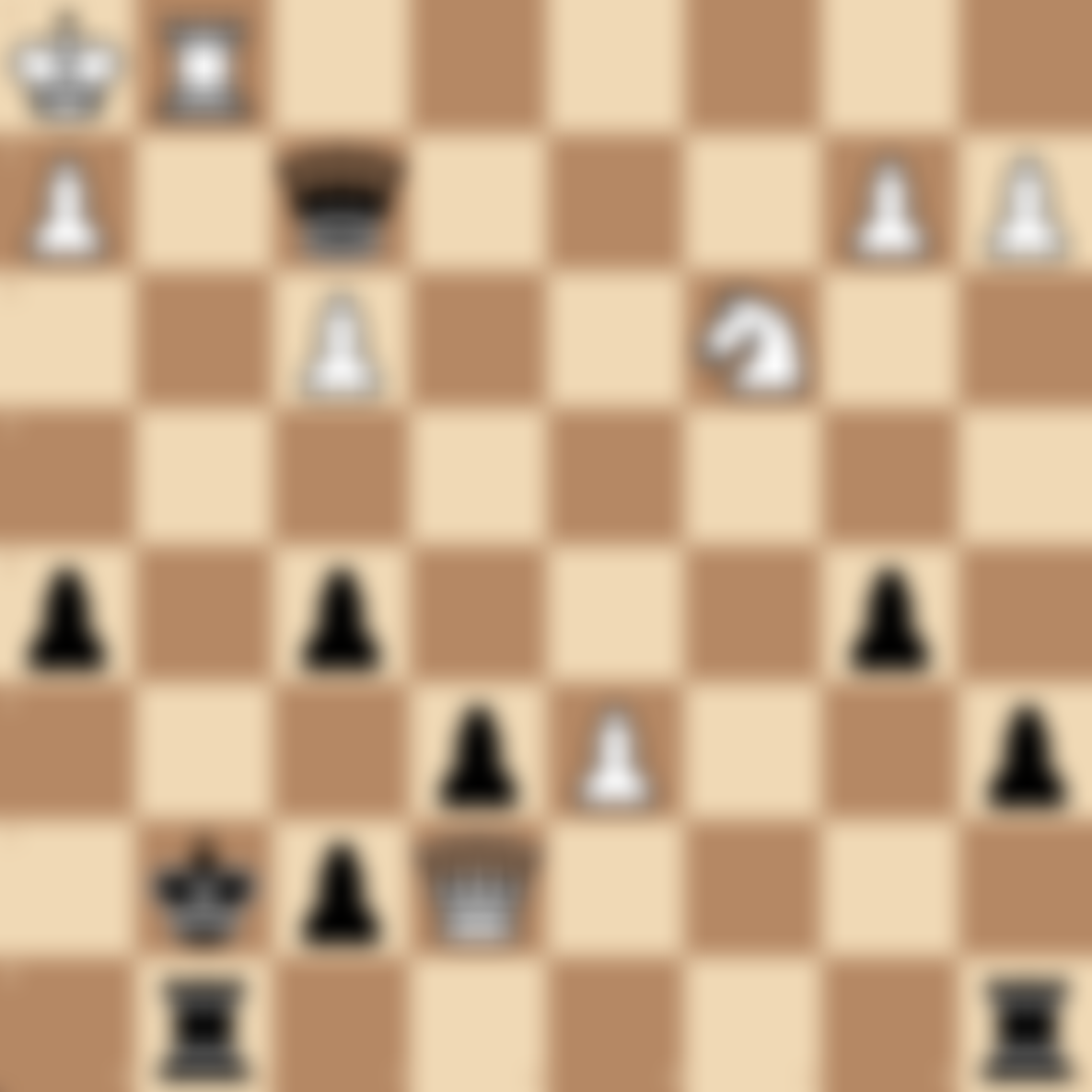Opposition in Chess: The Key to Pawn Endgames
Table of Contents
- Introduction
- What is Opposition in Chess?
- Importance of Understanding Opposition
- Types of Opposition
- How to Gain and Use Opposition
- Opposition in Different Endgame Scenarios
- Common Mistakes in Applying Opposition
- Famous Games Featuring Critical Opposition
- Practice Opposition Puzzles
- FAQs
Introduction
Opposition is a fundamental concept in chess endgames, particularly in pawn endings. At chesspuzzles.io, we've crafted this comprehensive guide to help you master the art of opposition, a skill that can turn seemingly drawn positions into wins and help you save half points in difficult situations.
What is Opposition in Chess?
Opposition in chess refers to a situation where two kings face each other with one empty square between them. The player whose turn it is to move is said to be "in opposition" or to "have the opposition." This concept is crucial in endgames, especially pawn endings, as it often determines which player can make progress or maintain a draw.
Importance of Understanding Opposition
Mastering opposition is crucial for several reasons:
- Winning pawn endgames: Opposition often decides whether a pawn can be promoted.
- Defensive technique: Understanding opposition helps in holding draws in inferior positions.
- Zugzwang creation: Opposition is key to forcing opponents into zugzwang.
- King activity: It teaches the importance of king activation in endgames.
- Practical endgame play: Many games are decided by correct application of opposition.
Types of Opposition
- Direct Opposition: Kings face each other vertically or horizontally with one square between them.
- Diagonal Opposition: Kings face each other diagonally with one square between them.
- Distant Opposition: Similar to direct opposition, but with more than one square between the kings.
- Lateral Opposition: A form of distant opposition where kings are on the same rank or file.
How to Gain and Use Opposition
- Count the number of squares between the kings: odd number means the player to move loses the opposition.
- Use waiting moves to force your opponent to move their king and give you the opposition.
- In pawn endgames, use opposition to control key squares in front of the pawn.
- Create zugzwang positions where your opponent must move and lose the opposition.
- Practice visualizing opposition in various board positions.
Opposition in Different Endgame Scenarios
- King and Pawn vs. King: Opposition determines if the pawn can queen.
- Rook Pawn Endgames: Special case where the defending king aims for the corner square.
- Multiple Pawn Endgames: Opposition principles apply to control key squares.
- King and Piece vs. King Endgames: Opposition concepts help in maneuvering the king to a winning position.
Common Mistakes in Applying Opposition
- Forgetting about diagonal opposition.
- Neglecting distant opposition in larger board spaces.
- Moving the king too early and losing the opposition unnecessarily.
- Failing to consider the impact of pawns on opposition.
- Not recognizing when to give up the opposition for a more advantageous position.
Famous Games Featuring Critical Opposition
- Capablanca vs. Tartakower, New York 1924
- Fischer vs. Taimanov, Candidates Match 1971, Game 4
- Karpov vs. Kasparov, World Chess Championship 1984, Game 9
Practice Opposition Puzzles
Enhance your understanding of opposition with our carefully curated collection of puzzles:
Try our Opposition Puzzles on chesspuzzles.io now
These challenging puzzles are designed to improve your ability to recognize and utilize opposition in various endgame scenarios.
FAQs
Q: Is opposition only important in pawn endgames? A: While opposition is most critical in pawn endgames, the concept is also relevant in other types of endgames and even in some middlegame positions involving king maneuvers.
Q: Can you have opposition if there are other pieces on the board besides kings and pawns? A: Yes, the concept of opposition applies even with other pieces on the board, although its practical application might be less straightforward.
Q: How can I practice opposition outside of actual games? A: Solve endgame studies and puzzles focusing on opposition, analyze famous endgames, and practice basic king and pawn vs. king endings against chess engines or on chesspuzzles.io.
Q: Is it always advantageous to have the opposition? A: Not always. Sometimes, having the opposition forces you to move and lose a tempo, which can be disadvantageous in certain positions.
Q: How does the concept of opposition relate to the rule of the square in pawn endgames? A: The rule of the square helps determine if a pawn can be caught by the opposing king, while opposition determines if the king can then stop the pawn from promoting. Both concepts often work together in pawn endgames.
Master the art of opposition to elevate your endgame play and turn draws into wins! Ready to test your opposition skills? Try our Opposition Puzzles on chesspuzzles.io now and experience the subtle power of king maneuvers in endgame positions!
